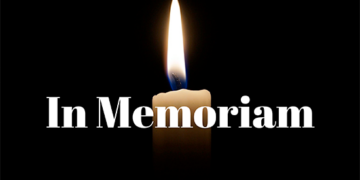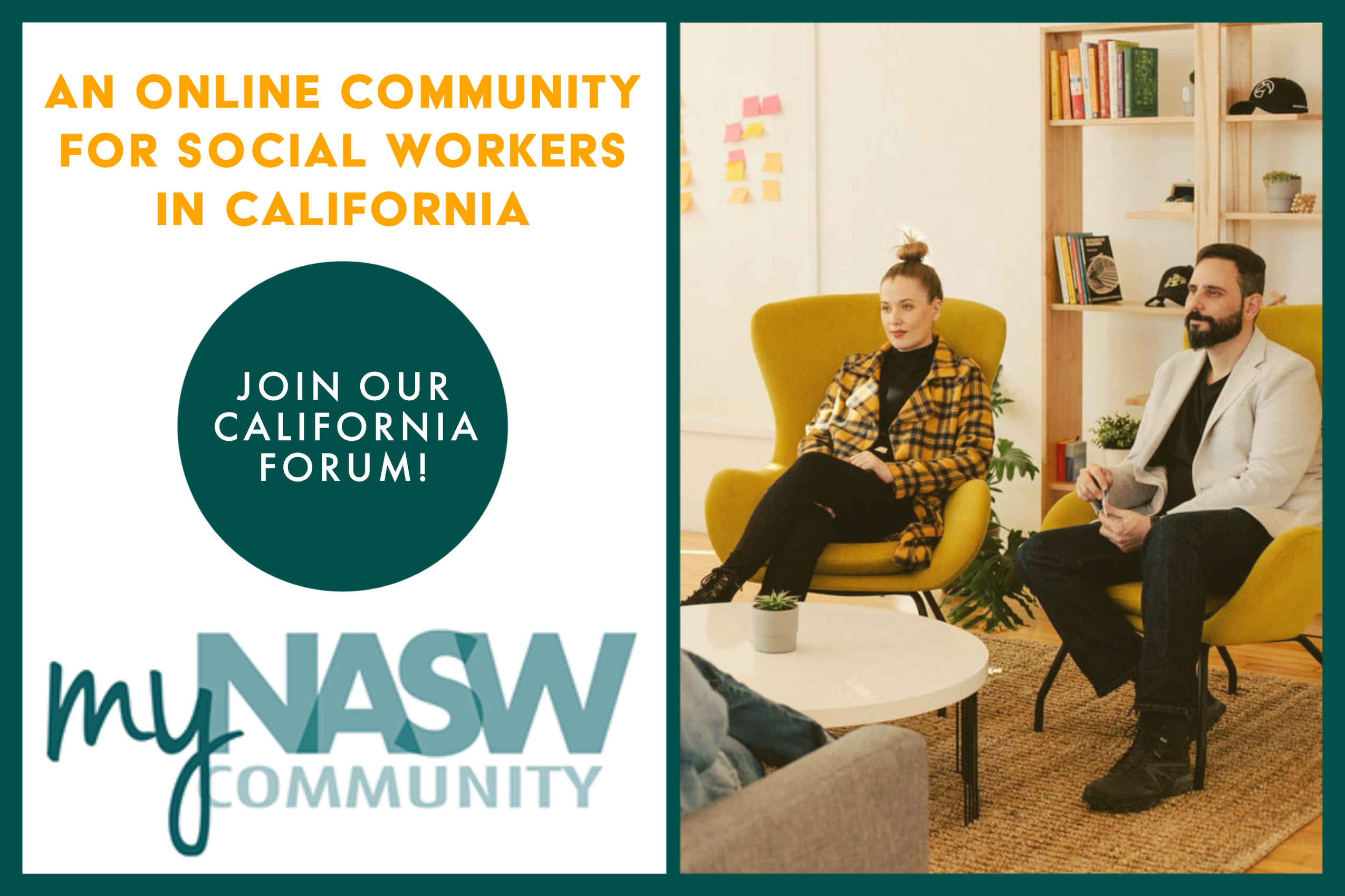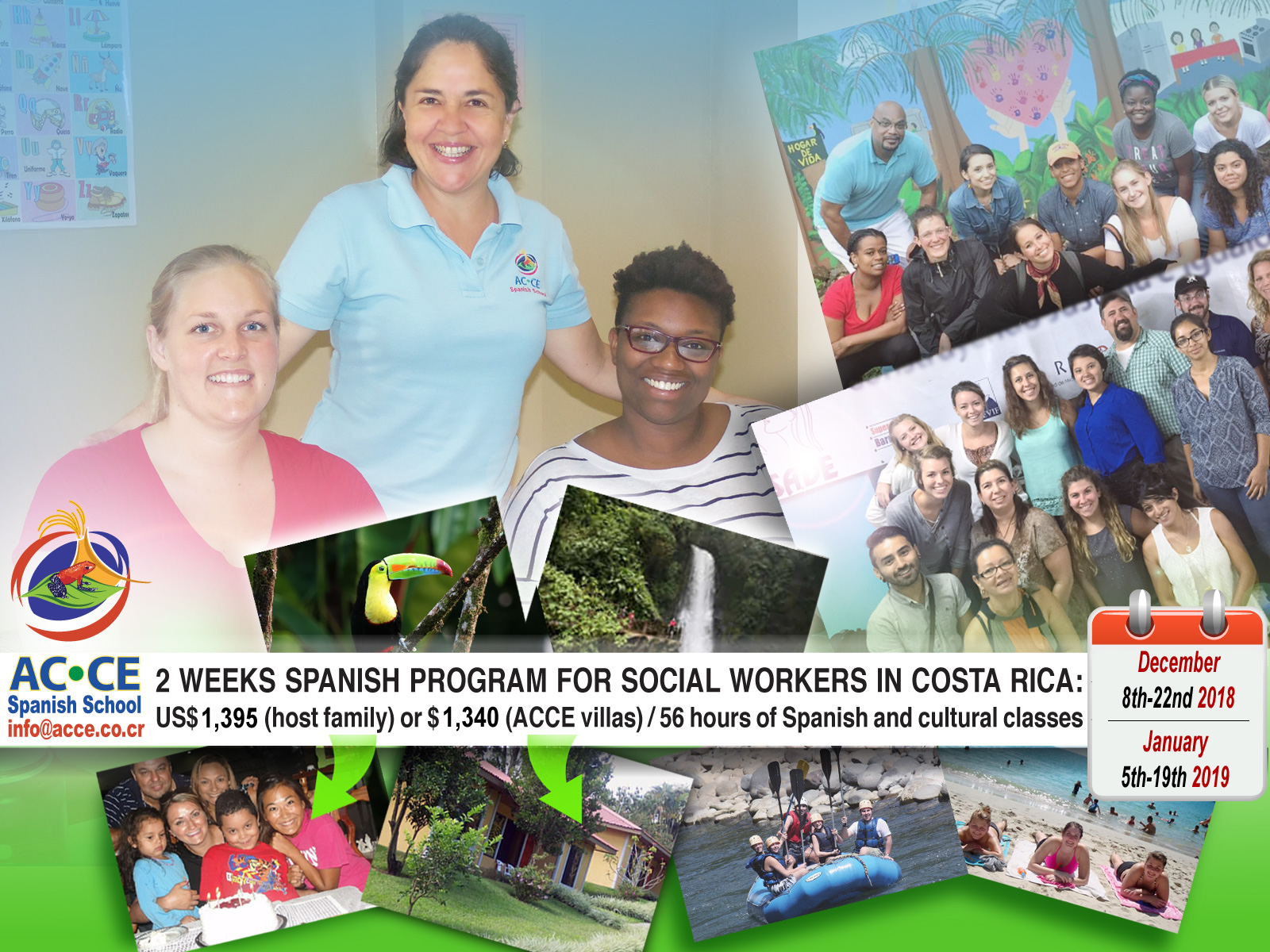Sex trafficking among children and youth continues to be a rampant part of society. Around the globe, 1.8 million youth are involved in sex trafficking through prostitution and pornography every year (Melilli & Molnar, 2013).
Common misconception holds that trafficking only occurs in countries other than the United States. Yet studies show that 100,000 American youth are annually trafficked within the United States (Melilli & Molnar, 2013; Smith, Vardaman, & Snow, 2009). This number grows with the additional commercially sexually exploited (CSE) victims who are trafficked into the United States from other countries.
Due to the widespread nature of sex trafficking and working with a variety of populations and cultures, social workers may likely come in contact with survivors of sex trafficking. The lack of specialized social services for sex trafficking survivors may perpetuate the crime and decrease the likelihood to restore and reintegrate survivors back into society (Hodge, 2008; Reid & Jones, 2011). Social workers must become educated to gain an understanding of the problem and to provide appropriate services that will help these young people cope with past trauma, including brutality, beatings and psychological manipulation to dehumanize them to the point that they are left with no self-esteem (Alvarez & Alessi, 2012; Reid, 2012).
As the number of trafficked children and youth grows and their special needs continue to be recognized, the demand for resources to support them increases. Research and reports on how to understand and respond to sexually exploited children and youth indicate that one of the critical needs is for emergency and transitional shelters with qualified staff, or safe places for youth to stay that provide nutritious food and interventions for trauma and behavioral issues (Williams & Frederick, 2009). Although some resources are available to aid CSE youth in finding housing after leaving the life, there is a deficit of resources to meet the developmental and emotional needs of these young people.
An innovative way to rehabilitate and reintegrate sex trafficking survivors back into communities is through the foster care system. Without adequate funding to provide enough shelters and services to meet the needs of commercially sexually trafficked young survivors, the foster care system may be a tangible option for providing care and support to CSE youth upon leaving the life. However, due to the extent of their extraordinarily challenged lifestyles over many years of their lives, the concept of a traditional foster parent is not particularly viable, as these young people often cannot tolerate a traditional family environment. Similarly, foster care agencies accustomed to recruiting, assessing, training, and retaining foster parents for abused and neglected children need to rethink how to prepare, and support foster parents for the unique CSE population.
Child welfare agencies, along with other social service agencies, may be able to deliver an essential service to these young people if they can provide them with a variation of family foster care. This would involve mentoring parents or families who are specially prepared to give these youth the support they need in family and community settings. Foster care agencies working with trafficked youth will need to adapt pre-service training curriculum from children who have experienced parental abuse and neglect to trafficked youth who have experienced specific forms of trauma based on their experiences in the life.
Foster care agencies will also need to reframe the roles of perspective foster parents to that of mentor parents. This change in terminology shifts the role of those working with sexually exploited youth from the traditional foster care environment, to a mentoring relationship aimed at helping CSE youth rehabilitate and transition to independent living. Mentorship allows foster parents to care for CSE youth in a strength-based and nurturing environment, and helps them become contributing members of their communities through a context in which they can thrive (Smith, Smolenski & Mattar, 2013). This may aid in the development and strength of relationships between CSE youth and their mentors, which is foundational for establishing trust and security. Through strengthening these relationships, child welfare agencies may be able to provide higher quality service for both mentor parents and CSE youth.
As social workers, action must be taken to advocate for the needs of commercially sexually exploited survivors. Although current services provide some assistance to the varying needs of CSE survivors, additional services are needed to meet the needs of this population in order to provide a safe and nurturing environment for these youth to develop healthy relationships, expand their social skills, increase cognition, and function as positive members of their communities.
Megan Humphreys is an MSW student at California State University Long Beach and can be reached at meganhumphreys7@gmail.com.
REFERENCES
Alvarez, M., & Alessi, E. (2012). Human trafficking is more than sex trafficking and prostitution: Implications for social work. Affilia, 27(2), 142-152.
Hodge, D. (2008). Sex trafficking in the United States: A domestic problem with transnational dimensions. Social Work, 53(2), 143-152.
Melilli, D., & Molnar, M. (2013, September 21). More priceless than diamonds. Speech presented at Global Center for Women and Justice 10th anniversary celebration luncheon, Newport Beach, CA.
Reid, J. A. (2012). Exploratory review of route-specific, gendered, and age-graded dynamics of exploitation: Applying life course theory to victimization in sex trafficking in North America. Aggression & Violent Behavior, 17(3), 257-271.
Reid, J., & Jones, S. (2011). Exploited vulnerability: legal and psychological perspectives on child sex trafficking victims. Victims and Offenders, 6(1), 207–231.
Smith, L., Smolenski, C., & Mattar, M. (2013, May). National colloquium 2012 report: An inventory and evaluation of the current shelter and services response to domestic minor sex trafficking. Retrieved from Shared Hope International website:
http://sharedhope.org/http://sharedhope.org/wp-content/uploads/2013/05/National-Colloquium-2012-Report-B.pdf.
Smith, L., Vardaman, S., & Snow, M. (2009, May). The national report on domestic minor sex trafficking: America’s prostituted children. Retrieved from Shared Hope International website: http://sharedhope.org/wp-content/uploads/2012/09/SHI_National_Report_on_DMST_2009.pdf.
Williams, L., & Frederick, M. (2009). Pathways into and out of commercial sexual victimization of children: Understanding and responding to sexually exploited teens. Lowell: University of Massachusetts Lowell.












